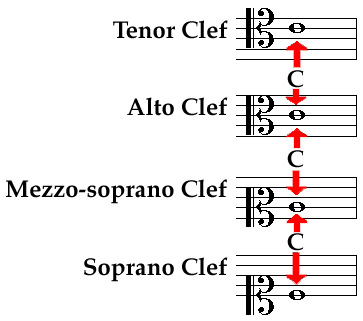- Edited
(Continuing above idea) Recently in the other thread when Pashkuli suggested writing a score by hand, I pulled out an old score I had written by hand. It's a violin score for Meditation (Thais). I've copied part of it to illustrate some of this.
In red circles you see "sul E, sul A". That means to play these notes on the E or A string. The "sul A' notes in m. 8 could be played on the E string, respectively.
Every time you see a finger number, it indicates what string and position to play that note on. Notice m. 5, (D, E) - There is an E string, but E has a 2 over it. D has 1. So we play the D and the E on the A string, but with the hand shifted into "3rd position" to put 1 on note D, 2 on note E. We could have played D with the hand in first position and then the E on the E string. The last note is A (the open string) - the next note in m. 6 is B with a 1 .... telling us we're still on the A string but slide the hand back down.
These are some of the complexities of reading violin music. You do not have one spot on only one string for producing a given pitch. That's what I'm trying to show here.












